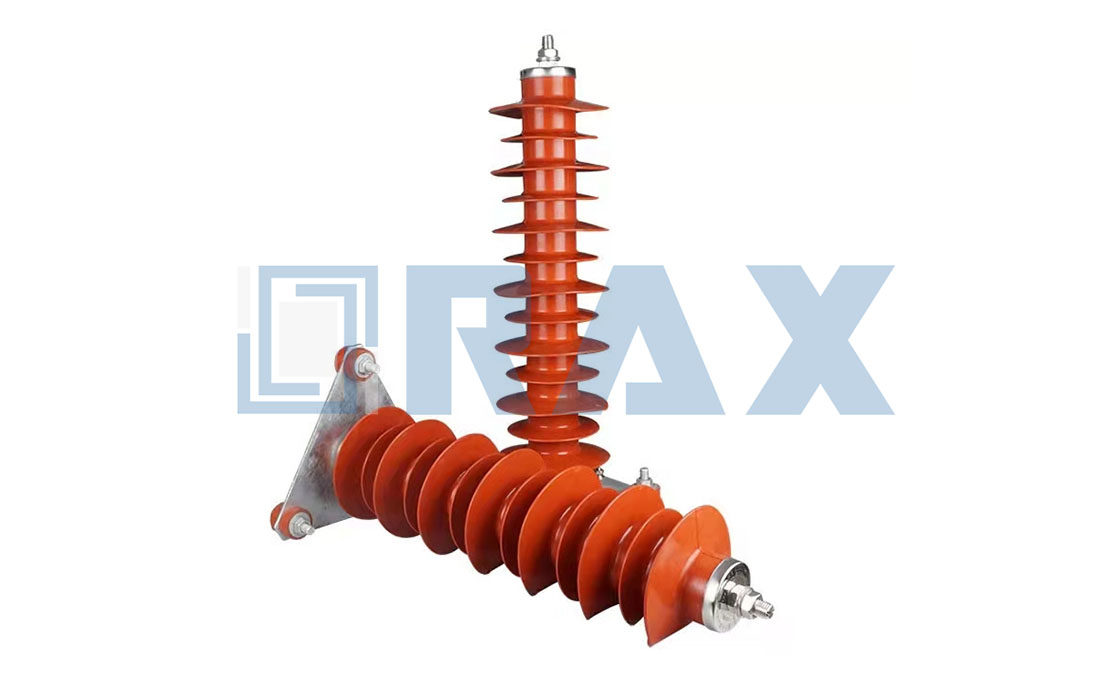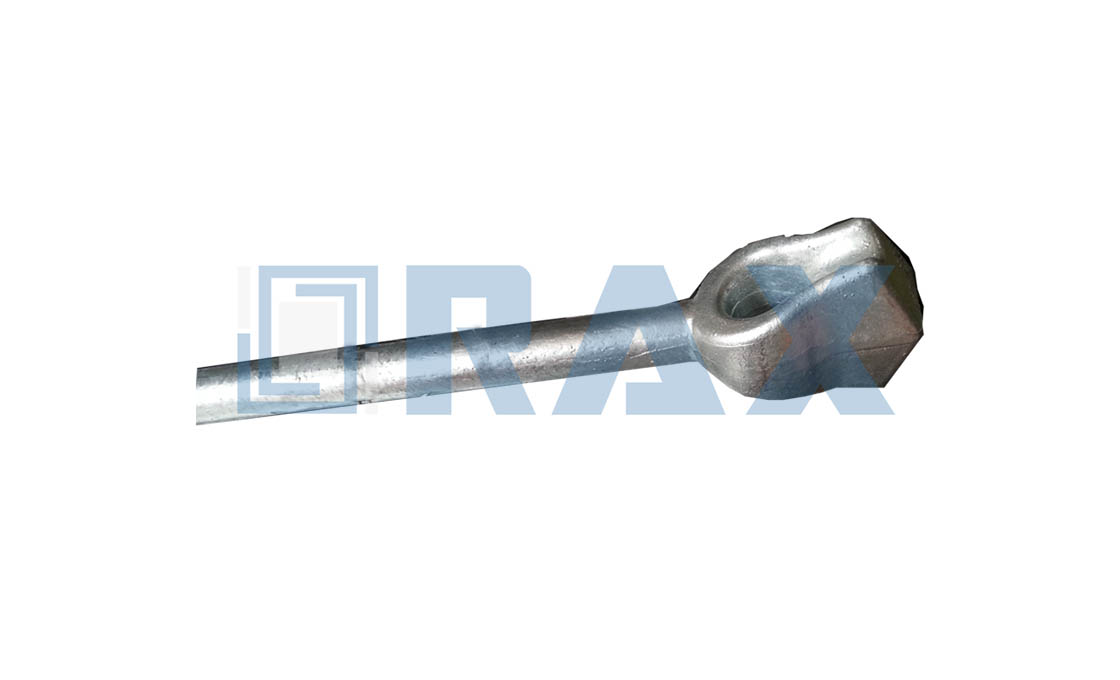Intermediate and Station Arrester
Intermediate and station arresters are excellent gadgets that are used to safeguard medium and high-voltage electrical systems from surges of power and strikes of lightning.
Station arresters offer excellent protection of electric system such as higher energy absorption, lower discharge voltages and high-pressure relief. On the other hand, intermediate arresters offer lower protection compared to station arresters as well as energy discharge potential. This makes station arresters ideal for large substations and sites with robust surges while intermediate surges suitable for underground cable protection, small substations and dry-type transformers.
Made from several metal oxide valve elements with fiberglass winding, intermediate and station arresters have best protective features with steady state performance to maximize protection over several years of service. They are applied in the electric power sector and transportation sector to safeguard the distribution and transmission systems from voltage or power surges.
Key Features
- Moisture-impervious wrap
- Meet the requirements of IEEE Std C62.11 standard or IEC 60099-4
- UltraSIL silicone rubber housing to offer superior insulation performance
- Hollow core design for enhanced directional venting and cantilever strength
- Available in different options with additional creepage for application in extreme conditions of man-made and natural atmospheric pollution

Intermediate Arrester Drawing
Station Arrester Drawing
| Type | Rated Voltage | MCOV | Max.Residual Viltage | 2ms square wave impulse withstand current | High current impulse withstand 4/10μs | ||
| Steep current impuise1/4μS | Switching current lmpulse30/60μs | Nominal current lmpulse 8/20μs | |||||
| kV | kV | kV | kV | kV | A | kA | |
| HY10WZ-192/500 | 192 | 150.0 | 560.0 | 500.0 | 426 | 800 | 100 |
| HY10WZ-200/520 | 200.0 | 156.0 | 582.0 | 520.0 | 442.0 | 800 | 100 |
| HY10WZ-204/532 | 204.0 | 159.0 | 594.0 | 532.0 | 452.0 | 800 | 100 |
| HY10WZ-216/562 | 216.0 | 168.5 | 630.0 | 562.0 | 478.0 | 800 | 100 |
Station Arrester
Types of Intermediate and Station Arrester
 Intermediate and station arresters are classified in terms of market segmentation and product application.
Intermediate and station arresters are classified in terms of market segmentation and product application.
Market Segmentation
- Below 35 kV – these are arrester installation in power substations and stations with voltage levels below 35 kV.
- Between 35 kV and 110 kV – these are arrester installations in power stations and substations with voltage levels between 35 kV and 110 kV.
- Above 110 kV – these are arrester installations in power substations and stations with voltage levels above 110 kV.
Product Application
- Transportation sector – these arrester installation safeguard transit and rail systems against voltage and surge fluctuations to improve the safety of passengers and avoid damaging the electrical equipment.
- Electric power sector – these arresters protect distribution systems of power from overvoltages resulting from switching operations or lighting strikes to ensure that consumers are not interrupted with power supply.
Performance of Station Arresters

- Station arresters have a duty cycle rating of between 3 kV and 198 kV (2.55 kV and 158 kV MCOV). They are designed for system line-line voltages of 2.4 kV through 230 kV.
- They can withstand current-short duration of 100kA crest and have an energy capability of 6.1 kJ/kV.
- The transmission line discharge is above ANSI/IEEE and IEC class 2 standard requirements and the nominal discharge current per IEC is 10 kA.
- The working cantilever strength is 10,000 in. -Ibs and MCOVFault withstand capability is 80kA rms sym.
Performance of Intermediate Arresters

- Intermediate arresters are about 1/5 the weight of the porcelain equivalent and have duty cycle rating of 3 kV through 144 kV (2.55 kV through 115 kV MCOV) and 2.4 kV through 161 kV system line-line voltage.
- They meet the latest industry standards for metal oxide arresters with a transmission line discharge of above NSI/IEEE and IEC class 2 standard requirements.
- They have high current-short duration of 100 kA crest, nominal discharge current per IEC of 10 kA and a fault withstand capability of 50 kA rms sym.
- The minimum energy capability is 5.0 kJ/kV MCOV.







